Frankie Round Table: “Inside the Pleasuredome” team talk to SDE
It’s November 2014 and SDE has a lunch date with the team that put together the rather special Inside The Pleasuredome Frankie Goes To Hollywood box set.
At the table is Steve Bunyan Marketing Director from Union Square Music whose imprint Salvo have put out many Frankie and ZTT reissues over the last four years; Ian Peel Curator and project manager of said releases; Philip Marshall Designer who has been responsible for the design and re-presentation of the various reissues and Kevin Foakes Designer, DJ and custodian of the artofztt.com website. The efforts of these four men together led to the creation of the 30th anniversary Inside The Pleasuredome box set which was sold and marketed via PledgeMusic. Part one of a fascinating insight to the whole process is below…
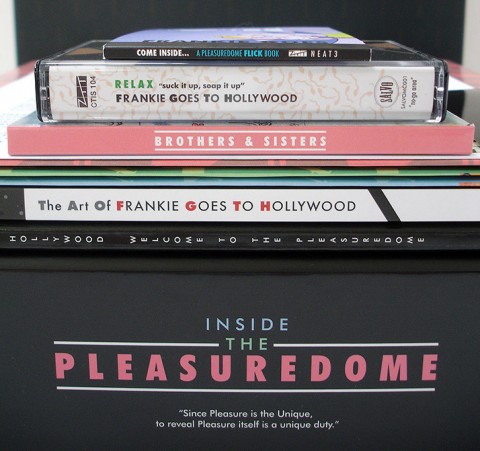
SDE: Given that you released a two-CD deluxe of Welcome to the Pleasuredome in 2010 when did you first think about doing this box set?
Steve Bunyan: My memory is that it all started with Pledge coming to see me, and explaining what they were doing. I started thinking maybe we should do one at one point. Then me and Ian [Peel] started talking and Ian very quickly had a vision of what could be in this along with Kev [Foakes] and Phillip [Marshall] who were involved in terms of what Frankie fans would want. Then it all started coming together.
Ian Peel: I think when Steve was having the exploratory chats to Pledge, I was a Sarm making suggestions to Union Square and Razor (& Tie) [ZTT US licensees] about different levels of product and the two things coincided. In terms of when that was…
Philip Marshall: I think Ian must have mentioned it to me about a month or so before that 19: Eighties Paul Morley concert…
Kevin Foakes: We were all there. [To SDE] You were there, it’s the night you got your cassette signed!
PM: So by the time we knew that Kev was going to be there we had already discussed it and I already knew how I wanted Kev to be part of the project because he had lots of contacts and is incredibly talented and so he had to be working with me on that.
SDE: Why PledgeMusic? Why not do this on your own. Why choose to go the Pledge route?
SB: A number of reasons. First and foremost it’s a new and developing way of selling music. We work with every retailer in every way we can to learn about the pros and cons of doing these kinds of things. Also, because you’ve pre-sold it, you don’t have to manufacture anything you’re not going to sell. These are very expensive box sets to manufacture, so if you get it wrong and you’ve got 500 in your warehouse you’ll make no money – you’ll make a loss on the project. So that really appealed to us, because it’s a total guess on how many you would sell. If you sell through a normal retailer there’s no feedback, there’s no system for talking to fans. Amazon do pre-sales but there’s no reviews that come up. It’s that ability to talk fans through the process and get them interested in it.
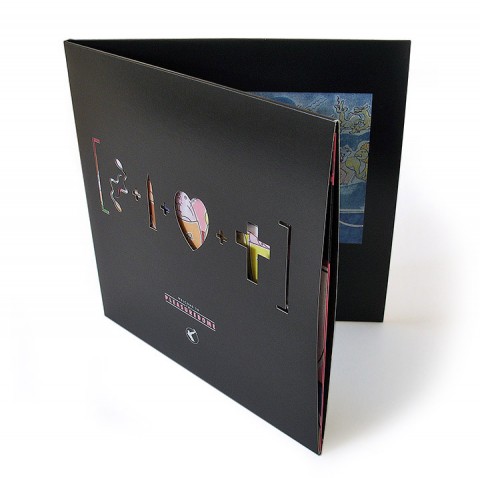
KF: I think for this kind of event and box set it was actually quite exciting. The build-up, the rollout, the weekly emails. I imagine for a Frankie fan it was really quite exciting and frustrating as well but you’re never going to please everyone, especially not Frankie fans.
SDE: You do have the ability to tweak the offering from the date you announce to when you go to manufacture – that must have appealed to you
SB: You are locked in to quite a lot of it. We had to make decisions on what it was going to be because we had to cost it all and start the work of putting it together. There’s an enormous amount of work that goes into design, plus all the work on the masters and everything, and we were doing all that behind the scenes. It wasn’t just like we wait until we’ve got the 100 percent of the target. But we could take on board people’s comments, like the one about how the staples (in the Tumbometer press release) will damage the front of people’s LP, and I thought ‘nah, I don’t believe that’ but then I looked at the mock-up of the one we had and realised ‘damn, they’re right!’. We had time to speak to the fulfilment centre and move the press release so that it wouldn’t damage the front of the LP. So you could do things like that, but you can’t take on board every different person’s point because they’ve all got different ideas, anyway.
SDE: What was the thought process behind the content in the box set. The Art of Noise And What Have You Done With My Body, God box was four CDs. You could easily have gone down that route where it’s very exhaustive and you collect the cassette singles on one or two CDs and you have outtakes on the other discs…
IP: I think we were all fans of what happened first time round. My thing is that reissues and compilations are like magazines, rather than ten bound encyclopaedias where you get the whole lot. You know, we editorialise and look at it from different angles and re-approach it… we might even re-approach it again. I think Philip said early on ‘what was it like to be a Frankie fan’, well one of the things it was like was to buy a cassette and get excited about that.
SDE: That was in the 1980s when people played cassettes. Do you expect people to play the tape in this box?
PM: This is where I should point out that I run a cassette-only record label [much laughter at the table]. We actually released a DAT to celebrate our fifth birthday. [The Tapeworm is the label in question].
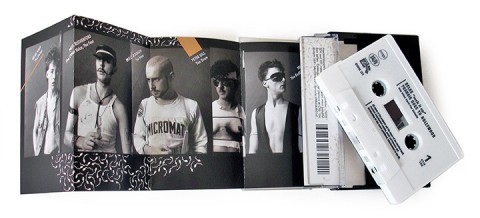
SDE: But it’s part artefact, part music isn’t it
SB: Yes.
PM: Most definitely.
SB: It was never meant to be and exhaustive, ‘this is everything they ever did’…
KF: They bore the pants off me, those exhaustive things where everything is compartmentalised. I mean I know that’s what happened with the Tears For Fears thing [i.e. the Songs From The Big Chair reissue], but personally… half the time you’ve already got everything….I’d rather have a whole compilation of a lot of new bits.
SB: It’s just a different approach.
IP: Also [we wanted to] create something to listen to because half the time [with deluxe reissues] all the bonus tracks are on disc two in alphabetical order and I don’t know what they’re trying to provide. But in terms of what was the idea for it, we’d done Welcome To The Pleasuredome in whenever you said it was [2010] and then there was Return to the Pleasuredome [2009 Japan-only box] so the obvious next thing to do was to go ‘inside’.
PM: Kev and I first met about this project at Patisserie Valerie in January this year and Ian’s idea of ‘Inside’ and the quote on the outside of the box (“Since Pleasure is the Unique, to reveal Pleasure itself is a unique duty”) is where we started with the creative process. The idea of die-cuts, the idea of things being revealed.
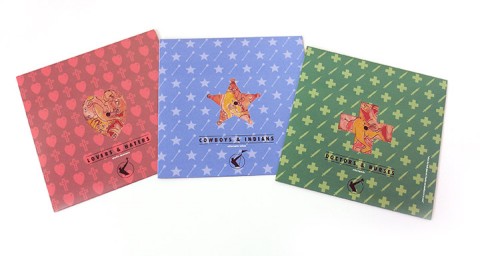
KF: The flip-books as well and the cassette I think came up in that meeting.
PM: Exactly, so I think Kev and I sat down at that meeting and spec’d up a lot based on Ian’s guidance.
SDE: How much discussion and debate was there about whether to have any CDs in the box?
IP: There was definitely long discussions.
SDE: You must have been worried, potentially, about the commercial impact of just having vinyl?
SB: I wasn’t really because I knew people would have the downloads. When the criticisms came in we were just monitoring it and seeing how many people were still buying it.
IP: The whole lack of CD wasn’t anyone trying to be difficult or arty. It came up at the very beginning. I mean, don’t forget Philip and I had by that stage done something like 35 deluxe reissued CDs in the previous two and a half years, so we put ourselves in the shoes of a Frankie fan – another CD? Or another seven CDs in a box?! We’d done a lot of plastic by that stage…it was time to do something different…
PM: …yes, let’s try and do something beautiful, but also as we said before, honour the original gatefold and the beautiful packaging. Try to celebrate the amazing work that Morley and XL had done. And vinyl these days is not a controversial format.
SDE: How did you choose which material went on the 10-inch vinyl records. Obviously, as you mentioned, you’ve released a lot of stuff over the past few years. Did you know that there was still gems in the archive?
IP: I alway knew there was more gems to come. It was a really good to do this one because with previous things like the Liverpool deluxe I’d go into the dungeon and spent days looking at tapes, choosing tapes and getting them transferred, whereas by the time we got to this stage, a vast proportion of the tape archive was sitting on a hard drive, so I could go through it and think ‘well, that’s brilliant’ or ‘I’ve always wanted to put this out’. So it was fun and we ended up with a shortlist of tracks that we hoped people would like and we tried to give a theme to each of the ten-inches and the cassette.
The annoying thing about the Relax cassette was having decided to put all the mixes on it, and in order to make it interesting and add surprises, there are these unreleased Relax interludes but of course it being the modern world we did a download they had to be named…. which I found upsetting [laughs]. If we hadn’t done a download they could have been hidden tracks.
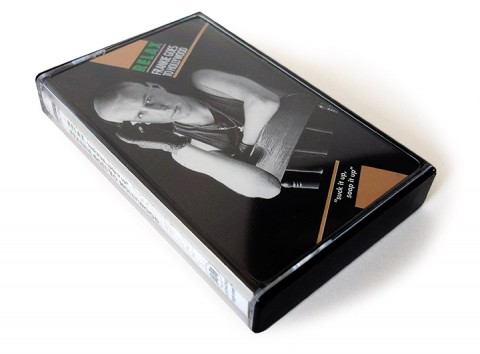
SDE: Talking about the Relax cassette it was a nice touch having the CTIS104 on there. The infamous missing catalogue number from the original cassette singles…
KF: But really guttingly, I wanted to put the chrome and the dolby logos on the spine but I wasn’t allowed to.
SDE: The Relax Rough Mix on the ten-inch vinyl has a date attached which is only a few weeks before the original seven-inch release. It still sounds quite rough. It’s incredible that there was so much experimenting still going on…
IP: But if you look at it, Louis Jardim’s version [Sex Mix Edit/Sex Mix Edition 3] that was from about six months after Relax had been at number one. And they were still thinking ‘let’s get Louis to try and mix and see how that sounds’.
KF: Remember that back then there wasn’t any of the pressure; they were a new label with no hits and they had the time. Sarm had just been built, or was just opened, because Relax was started at Manor Studios, because Sarm was being refurbished in the summer and I don’t think they got in there until July [1983]. And that was one of the first mixes they did… or maybe the Blockheads version was done there as well I think. That’s the early JJ mix isn’t it.
IP: Funnily enough – I can’t remember when this was… about a year ago but Trevor [Horn] and J.J. [Jeczalik] did a TV show or a TV pilot about the making of Relax…
SDE: J.J. told us about that, but it hasn’t been shown yet…
IP: Yeah… well they got a Fairlight, or borrowed a Fairlight, off of someone and set it up in Studio one. And Trevor phoned me up at four o’clock on a Monday and said ‘Ian, I need you to send me all the mixes of Relax‘. And I said ‘You mean the Sex Mix and the New York Mix?… yes, that’s not a problem, I’ll bring them up..’ and he said ‘no, all the unreleased mixes. All the versions that we tried’. So I said ‘okay, I’ll need a day’ and I went off and compiled every gestation of Relax, from Blockheads to finished twelve-inch mixes..
SDE: And how many were there?
IP: Well I compiled all the ones that I’d transferred, but put it this way, I remember once looking through the tape archive with Kev, looking at Two Tribes mixes. When I say ‘mix’ I don’t mean a mix as in unreleased twelve-inch mix, I mean an iteration or a version from going to demo to finished seven-inch. Trevor would number and grade each one and it went up to 200 or something like that.
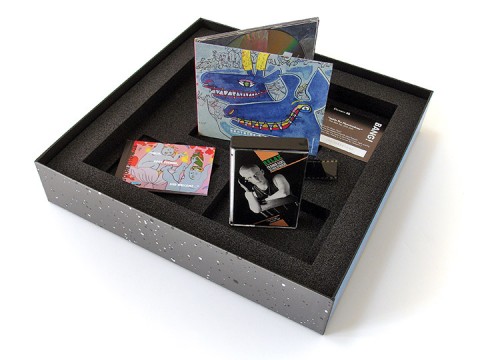
SDE: But Ian, there are so many different variations. How do you make a decision on which one to use?
IP: Well, obviously there are constraints in terms of what you can and can’t release. What you have and haven’t released. What sounds suitably different from anything else. What’s fun to listen to knowing you’re going to turn it over and listen to something else. One of the reasons these things take a long time is that I spent a lot of time – too much time maybe – thinking about that. Trying to satisfy myself, really. It was slightly easier with this because with a ten-inch you’ve only got two tracks, so there wasn’t this ‘how is it going to work over 70 minutes’ thing which I think made the Art of Noise Influence run over a year late!
SDE: Let’s talk about Slave to the Rhythm… [cue general laughter and murmurs of ‘I wondered when that was going to come up!’] Obviously, it was announced for a very short time that the Frankie Goes To Hollywood version of that track would form part of this box set, but that never happened. Why?
SB: Basically, there was a bit of confusion, in terms of whether it was okay to release it or not. It obviously is a track that exists, you can hear it on the internet yourself… but a bit of miscommunication. We were given approval to put it up and then asked to take it down. As the licensees of ZTT material, everything has to be approved by the record label. It’s not for us to ask why something is cleared or denied. I spend most of my days being told we can’t have certain things for certain releases, and in most cases we accept it. There’s probably all kinds of reasons involved and in the case of this particular track, I’d be guessing what they are, but I was just told ‘sorry, you can’t release it’.
SDE: So that was ZTT that told you that?
SB: Yes. Obviously, we are aware it’s kind of a ‘holy grail’ for a lot of Frankie fans, but a) they can go and listen to it on the internet and b) it’s not that great a track, in terms of what we were trying to do, we’ve said all along this wasn’t about getting everything unreleased into a box set, it’s a celebration of Welcome to the Pleasuredome. Slave to the Rhythm isn’t on Welcome to the Pleasuredome, so we didn’t feel like it was such a big thing – although I know some people did – but we knew what we were putting in there would make the box set work.
SDE: Do ZTT need to get anyone’s permission, any of the band, to put things out?
SB: Again, that’s up to ZTT. They talked to the band, they talked to the individual band members about what we were doing here. Every track listing and every bit of artwork had to be approved by ZTT, and by ZTT on behalf of the band. They’d often be waiting to hear from the band members about things, but it all got approved. You get into incredibly complicated legal situations if a band member doesn’t want something and ZTT do want to do it – what happens there? I’m afraid again, that’s up to them to know – they just tell us what we can and can’t do. But other than Slave to the Rhythm, everything went through and you saw various band members promote the release on social media, one way or the other. They’ve all been sent copies of it.
IP: It’s probably worth pointing out that band members over the years have been quite helpful. A lot of the tracks on the Pleasuredome deluxe in 2010 came from Mark O’Toole, and there are tracks on SexMix that Holly suggested should go on.
END OF PART ONE / Thanks to Steve Bunyan, Ian Peel, Philip Marshall and Kevin Foakes who were talking to Paul Sinclair for SuperDeluxeEdition.
Read PART TWO of this interview HERE.
Images courtesy of Kevin Foakes.
The box is sold out but you may have some luck with these links:
- • Amazon UK Pre-order: Inside The Pleasuredome [Box set] [VINYL]
- • GERMANY Pre-order: Inside the Pleasuredome [Vinyl LP]
- • Amazon France Pre-order: Inside the Pleasuredome

 Interview
Interview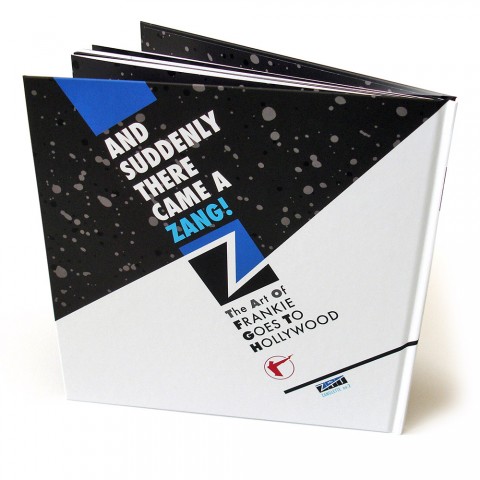
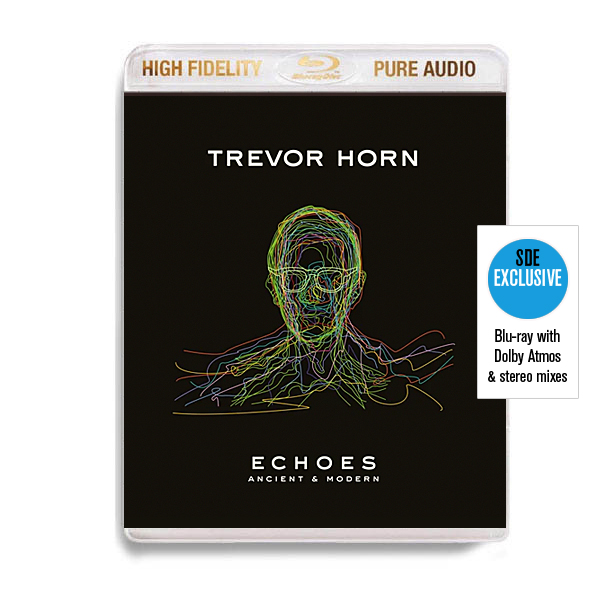
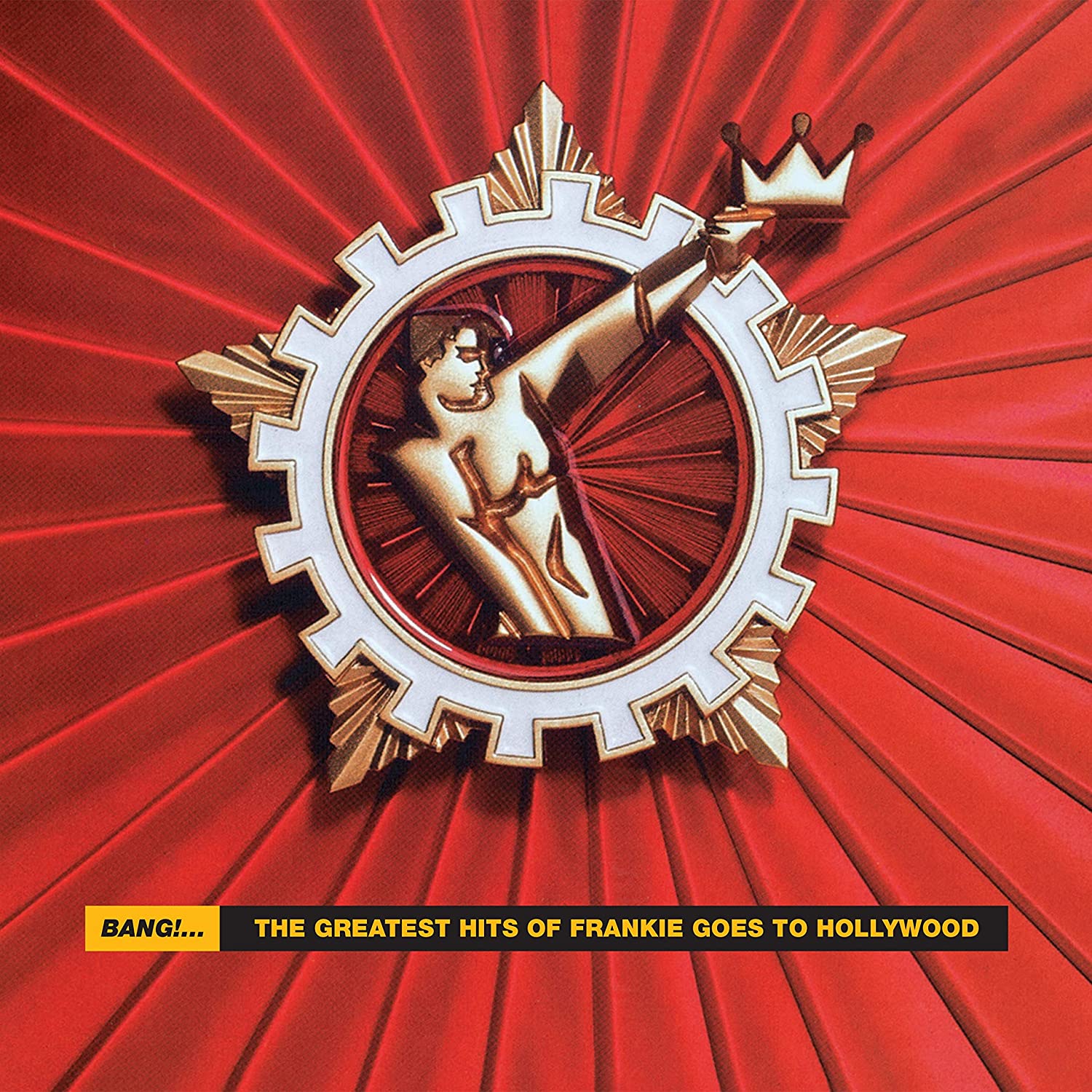

By Paul Sinclair
31